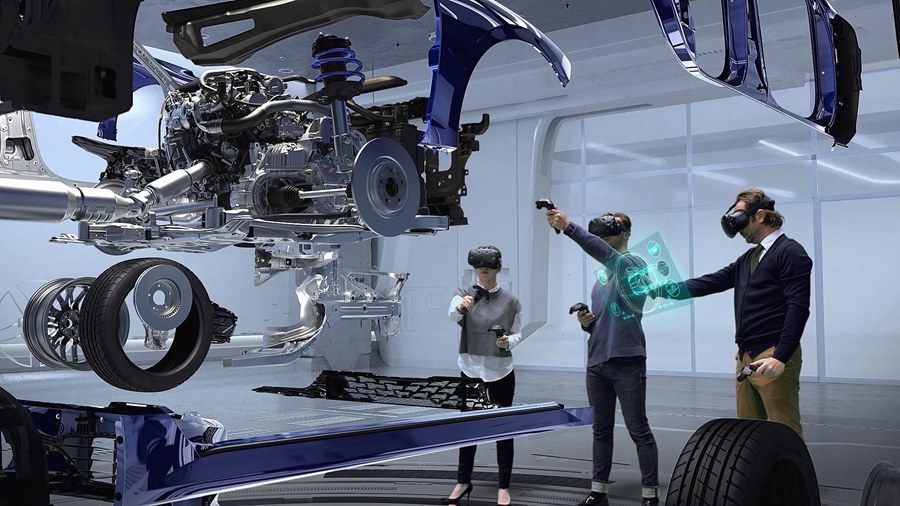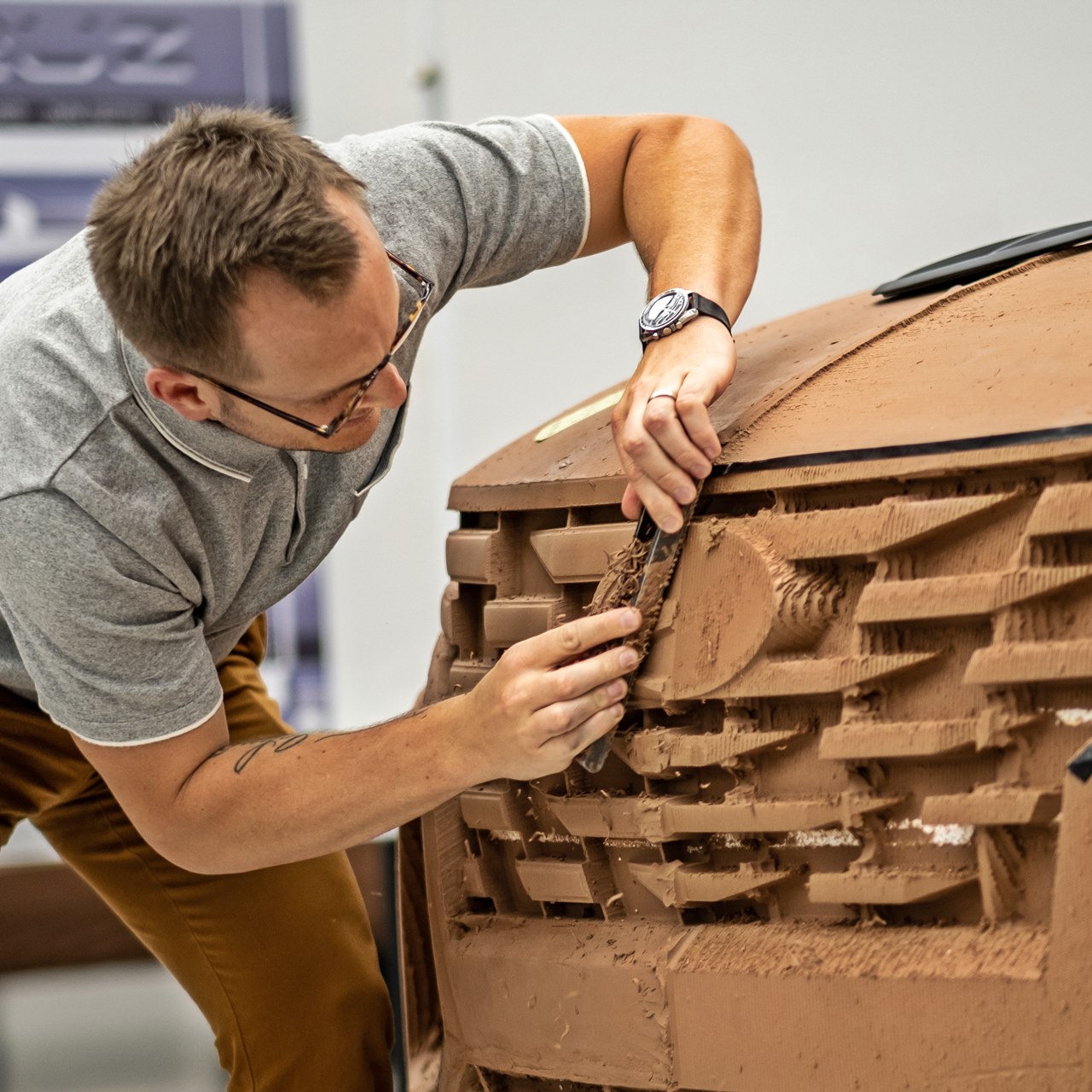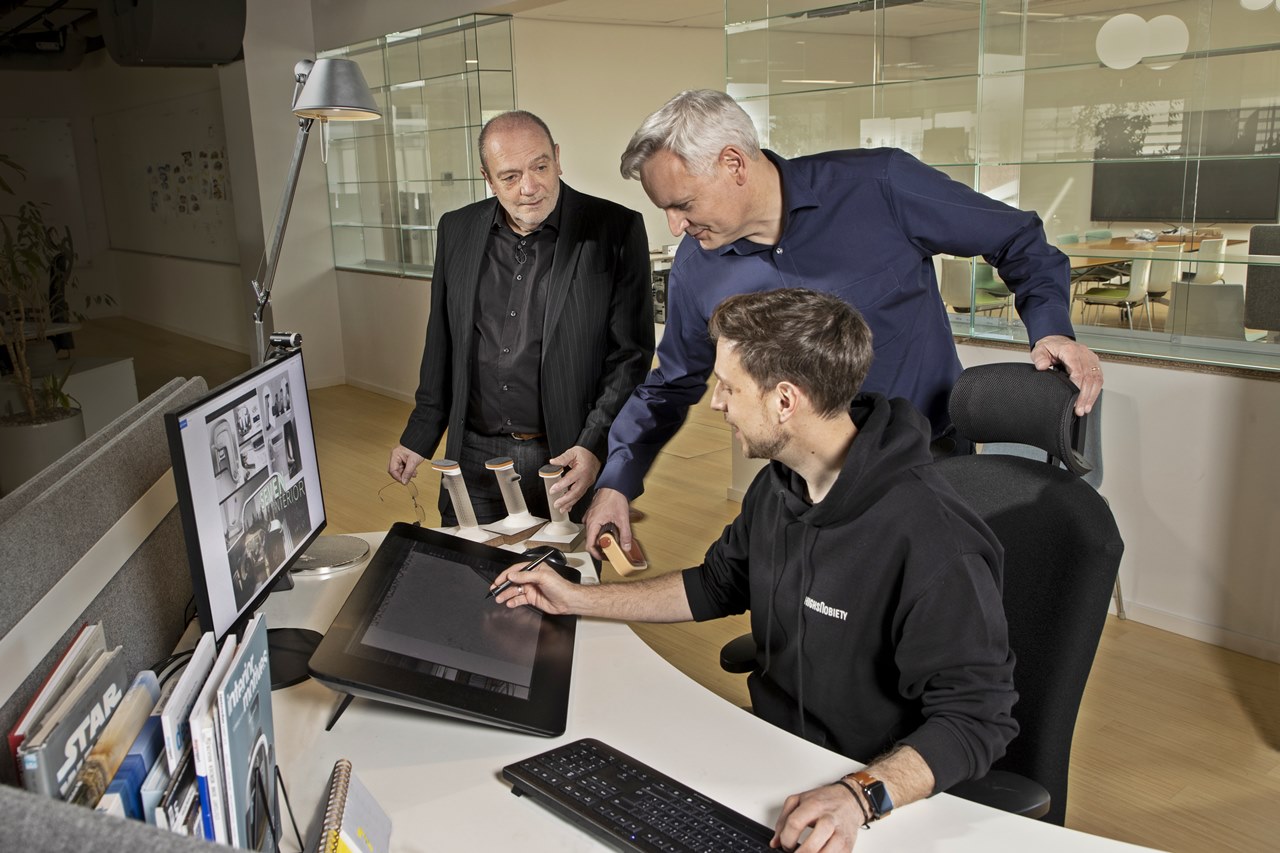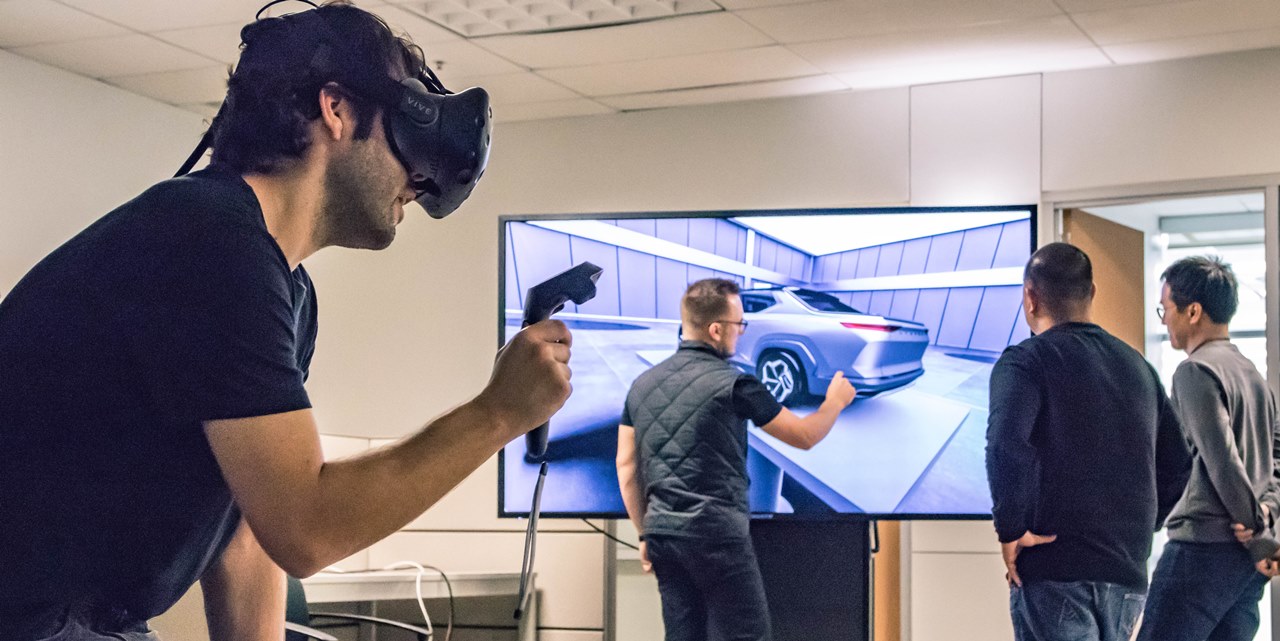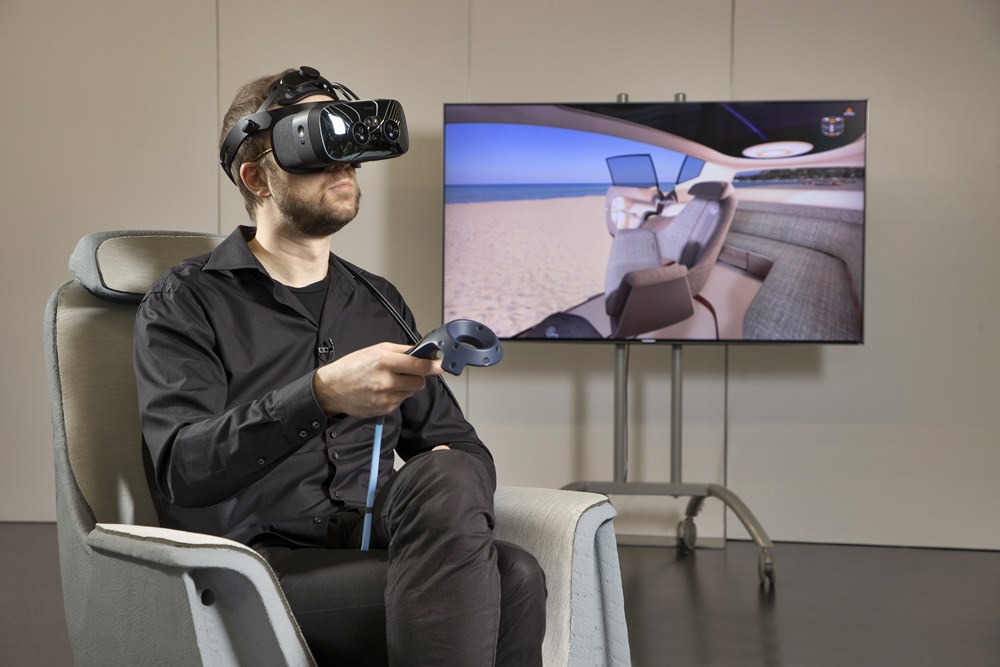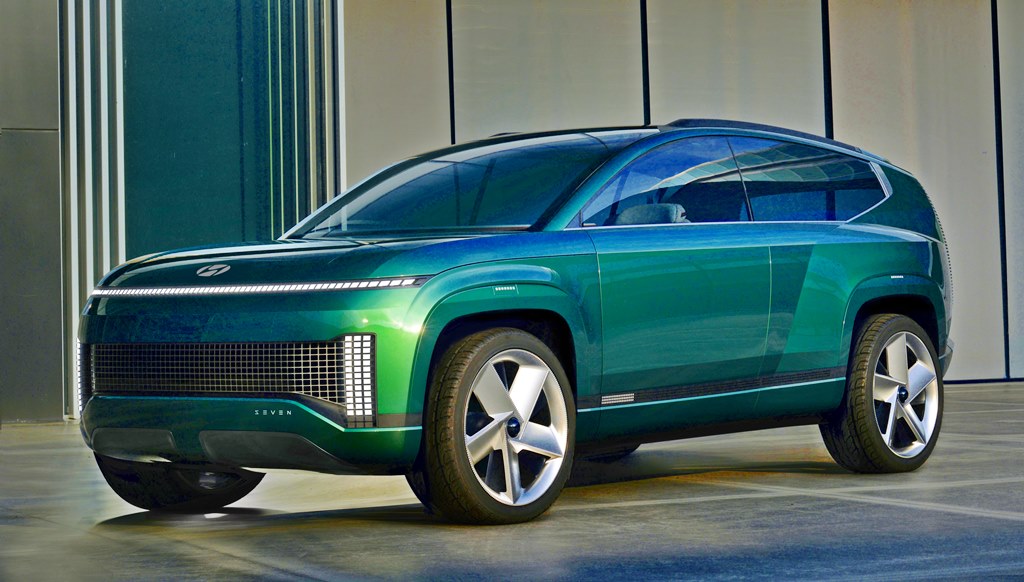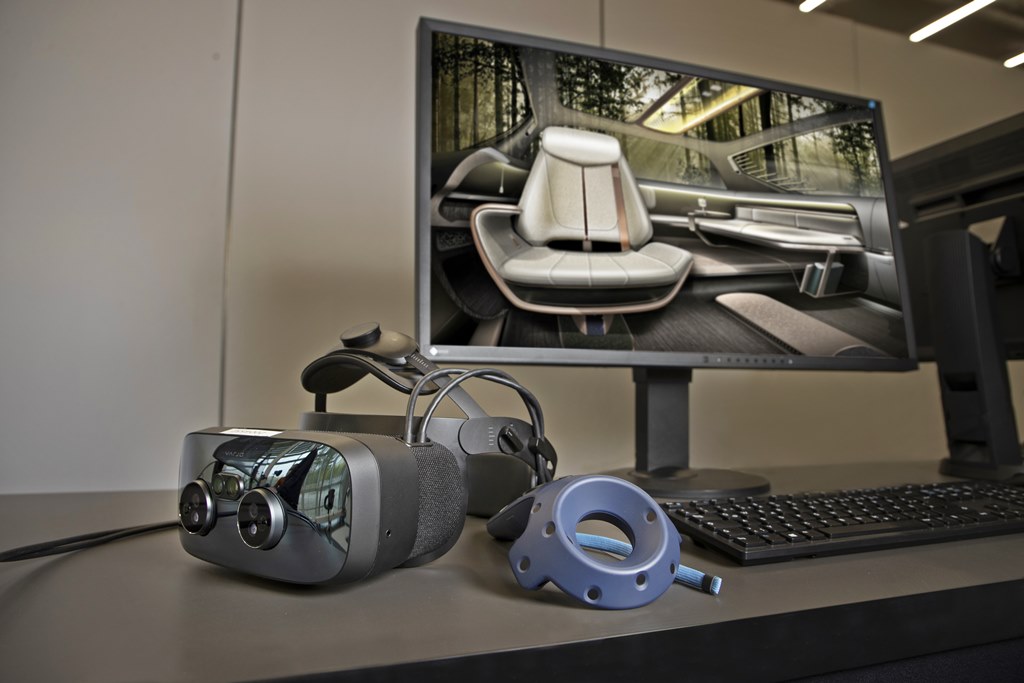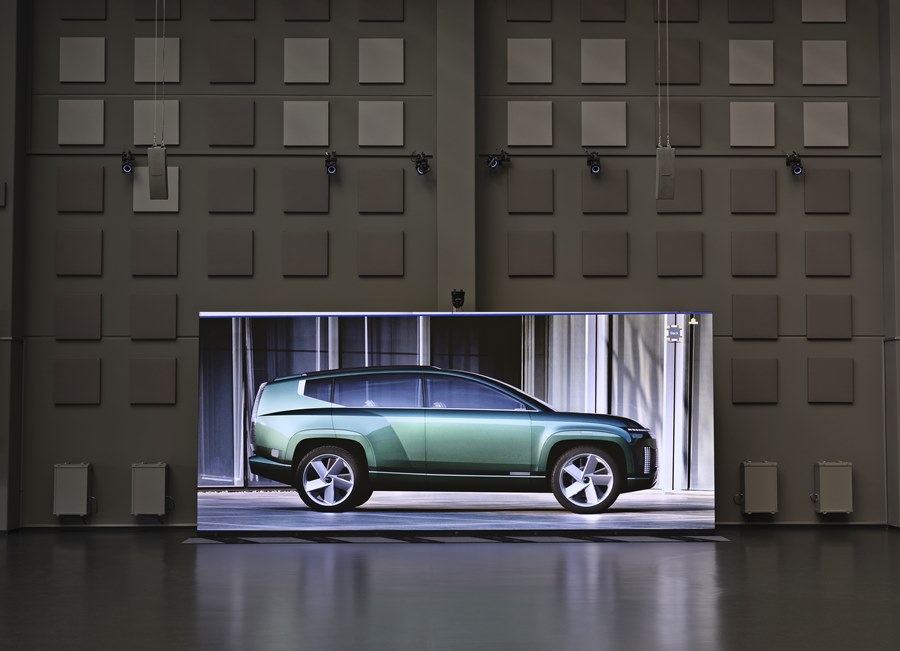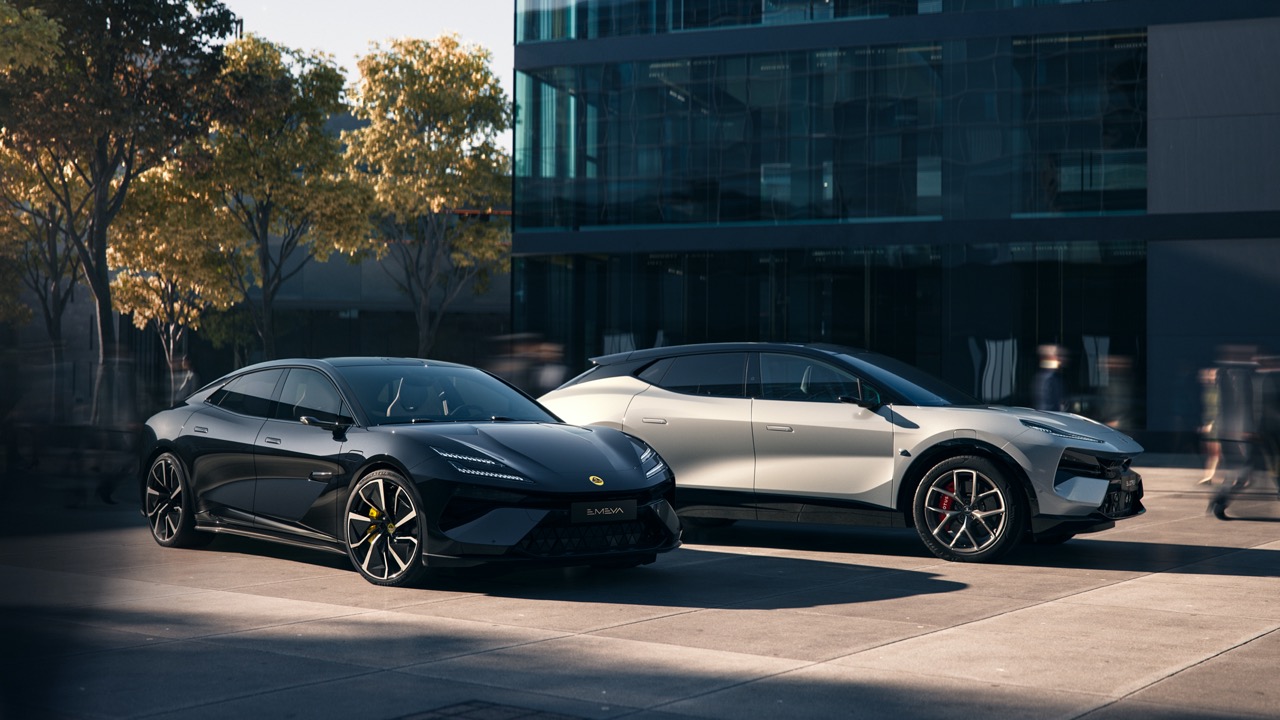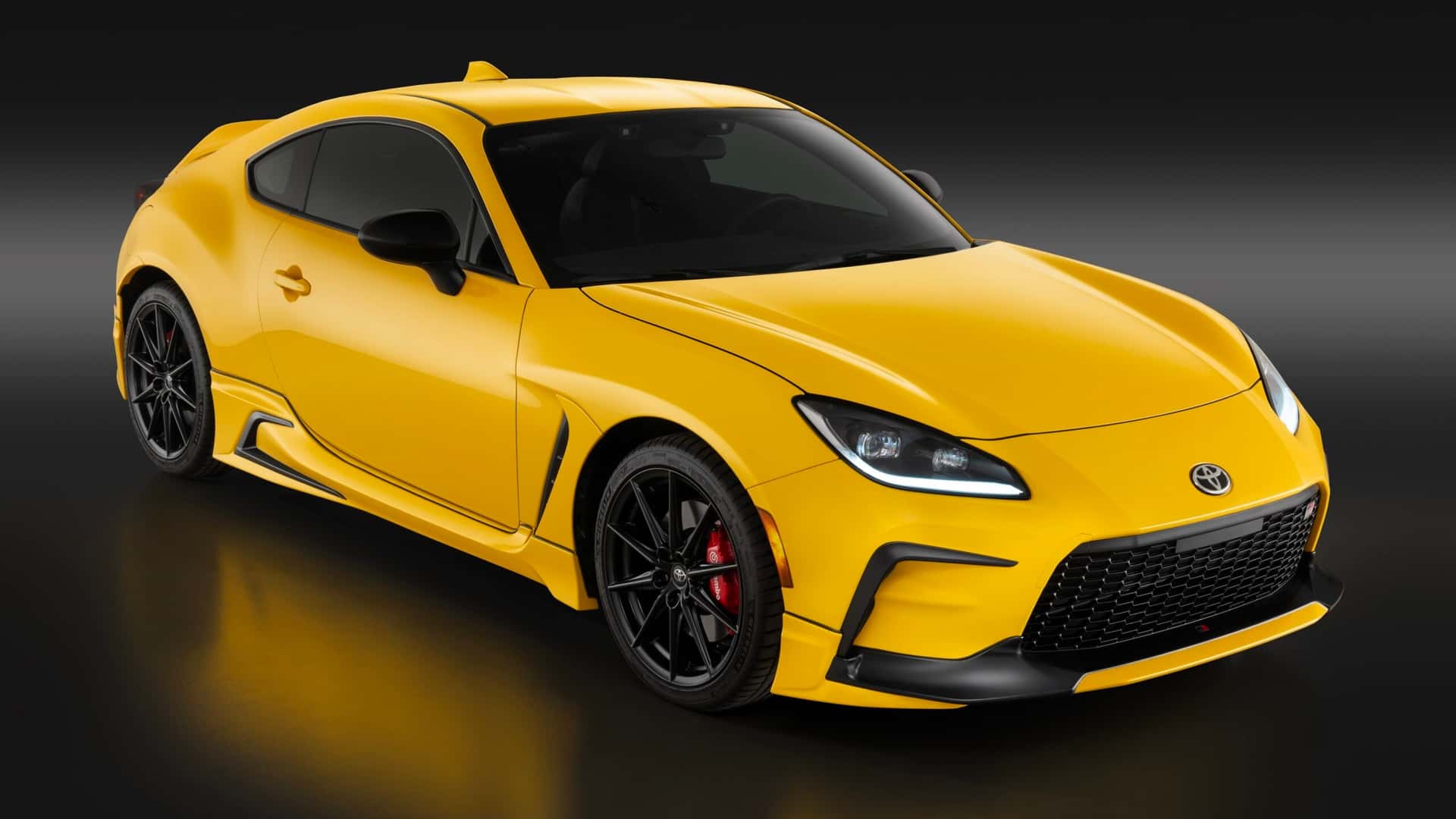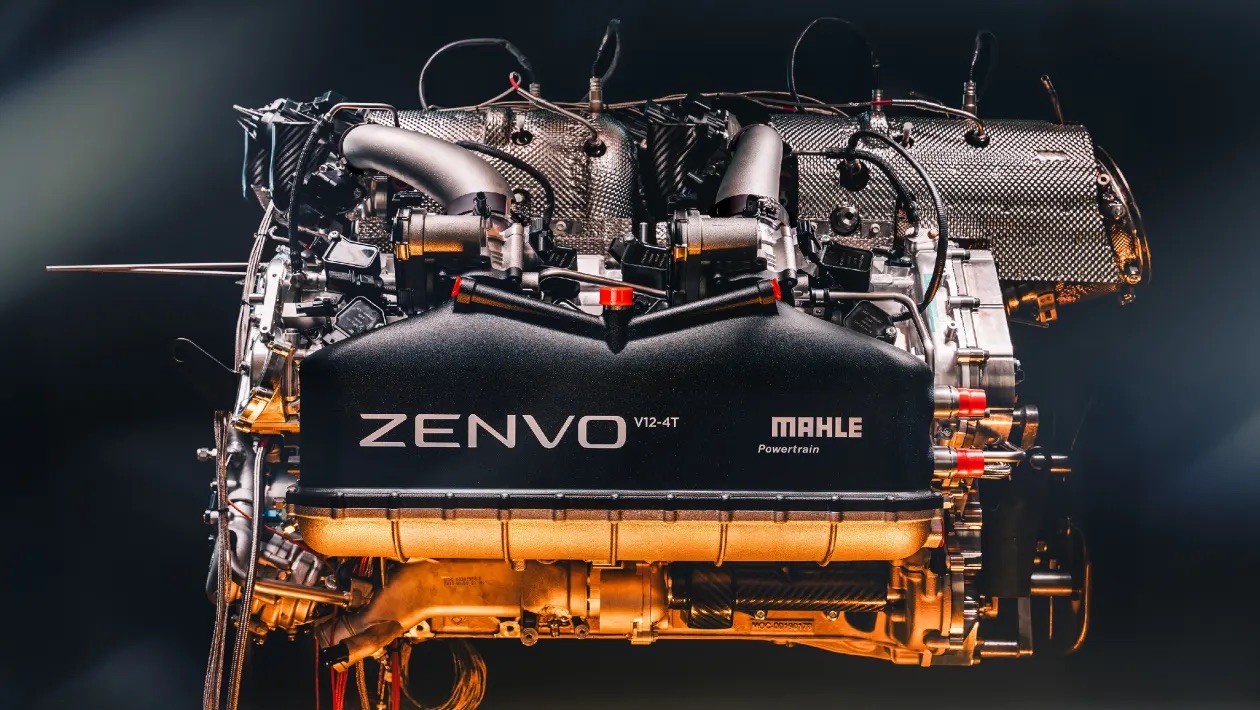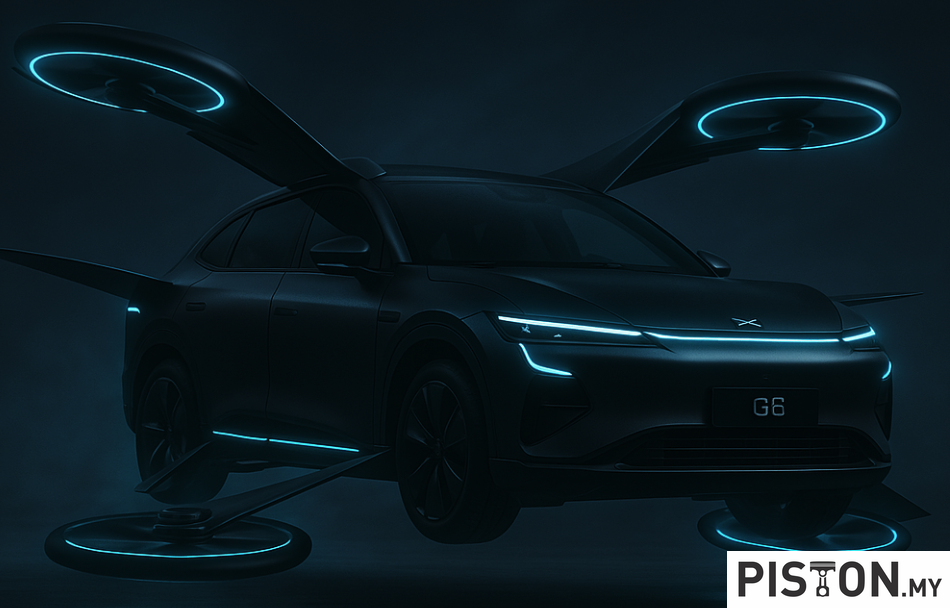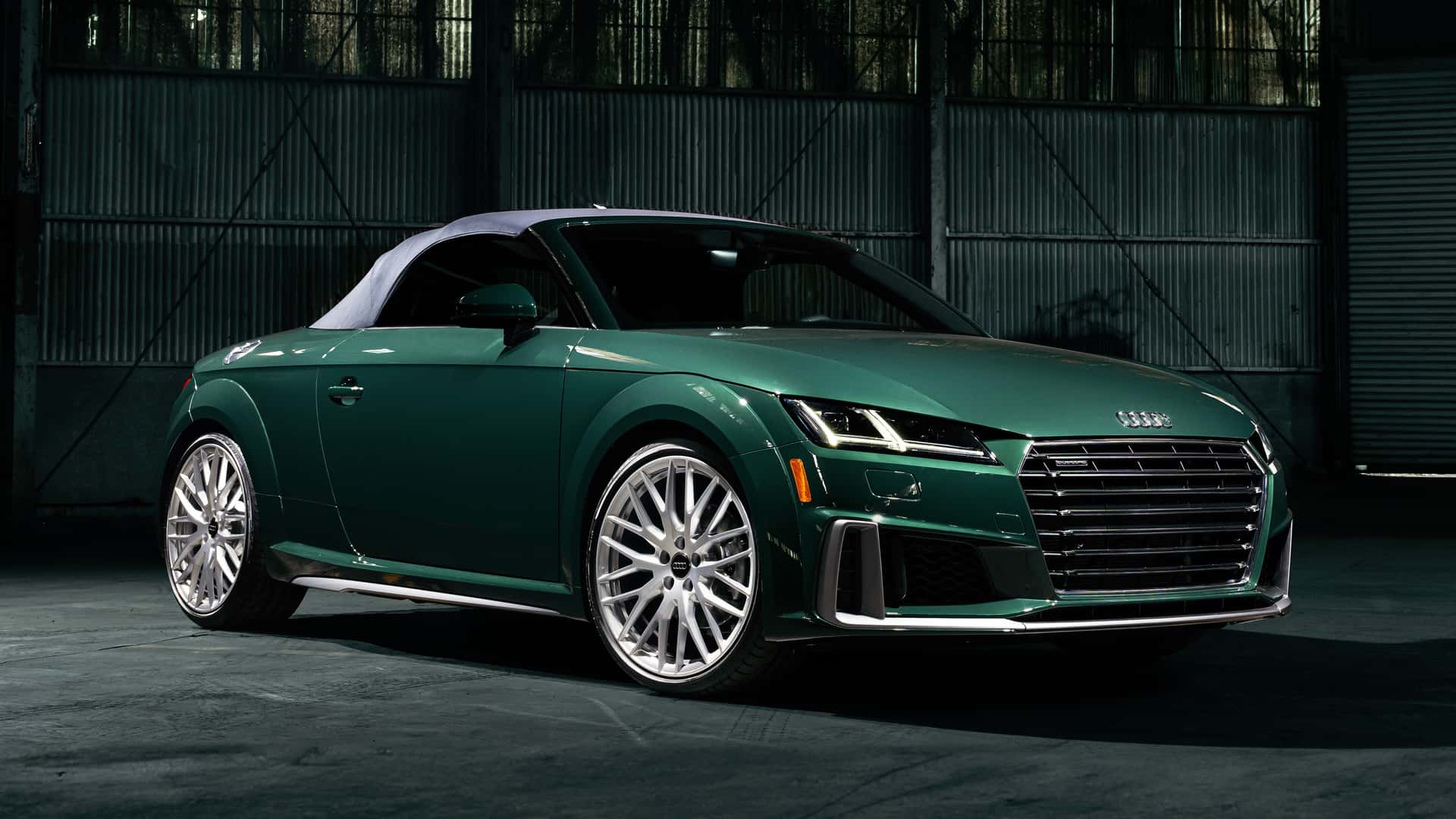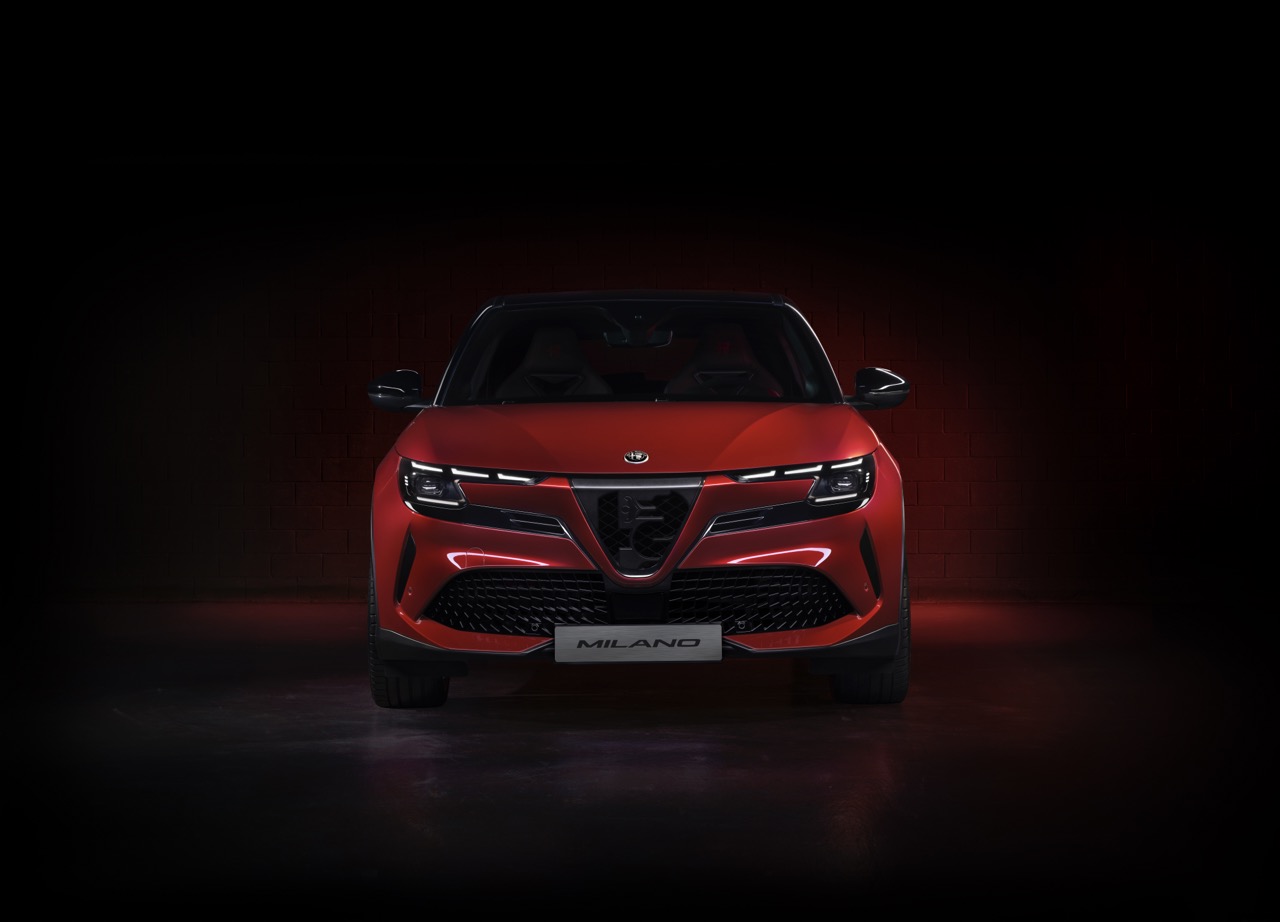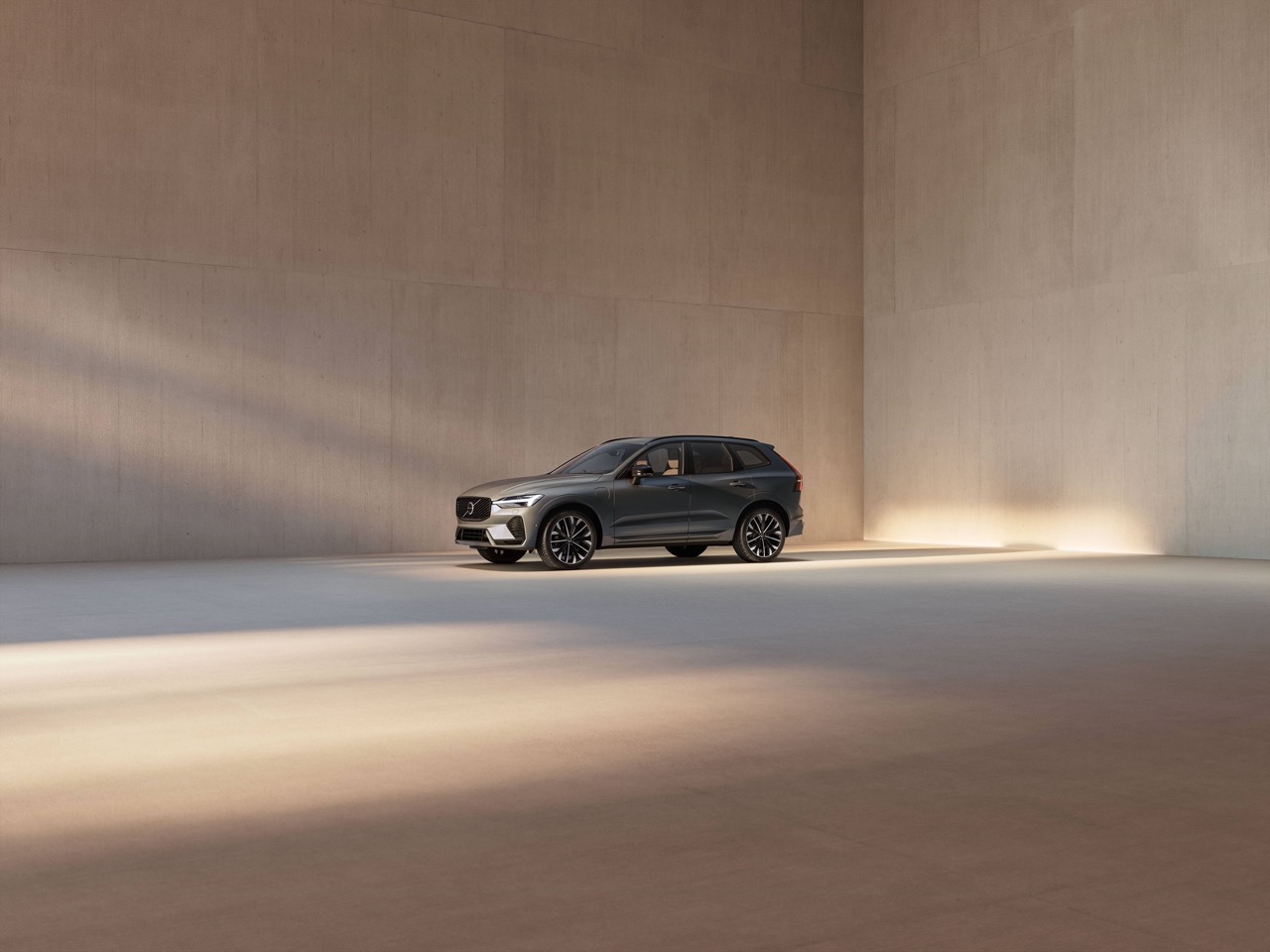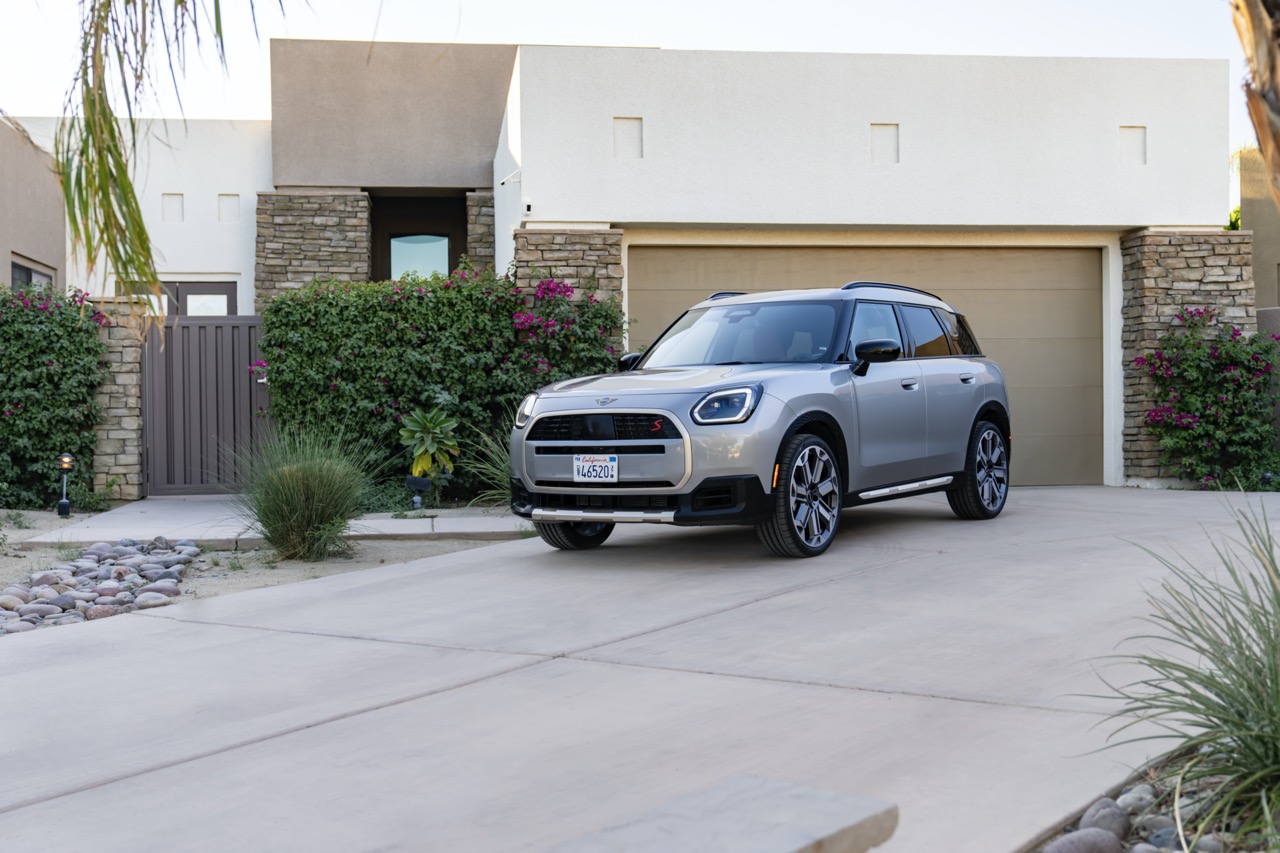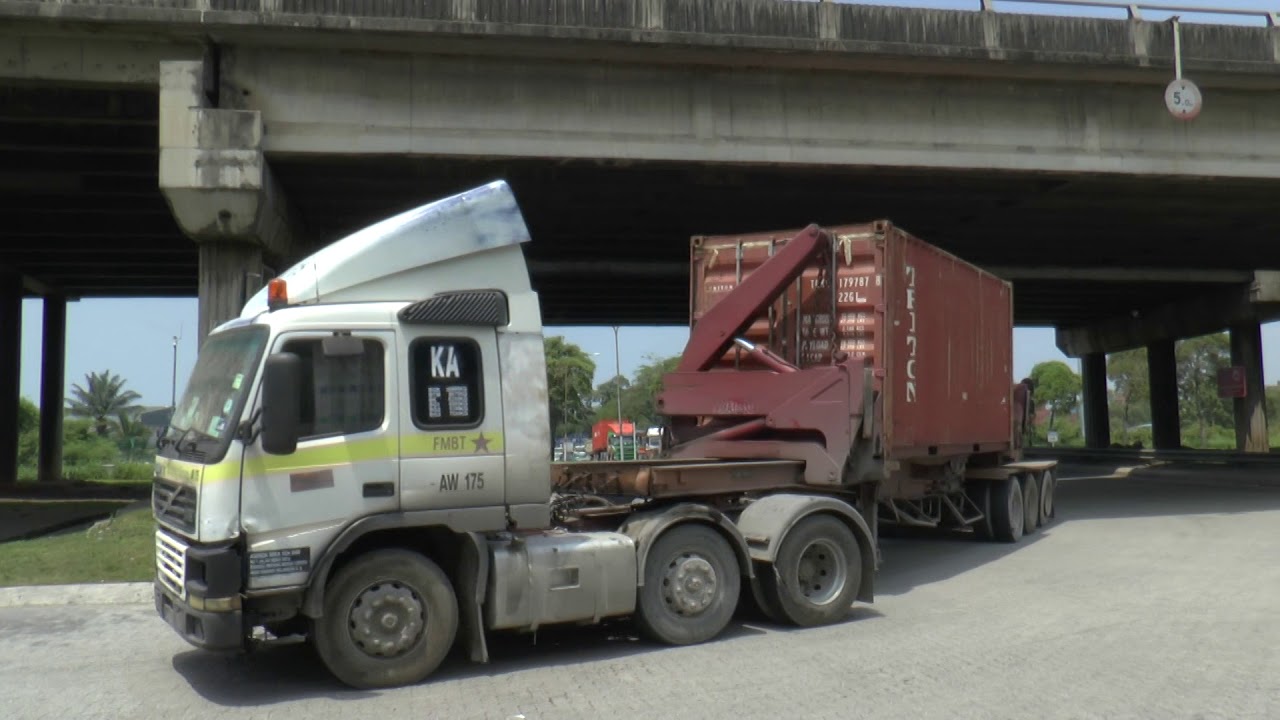Design is an art form that goes back centuries, and it has been used for all kinds of things in our lives. In the auto industry, it is an important element at the start of a new model project where the first ideas are given form and then explored to become the shape of the vehicle. Designers have traditionally commenced the initial creative phase by creating pencil sketches on paper, reflecting a certain kind of vehicle.
Many initial sketches will be prepared and then evaluated and eventually, one or two promising ones will be identified. These will then be developed as scale models from clay, a process that can take anywhere between 4 weeks and 2 months. Afterwards, the scale model would then be scanned and milled in a full-size. However, this approach is not without its drawbacks as some lines might be altered in the process.
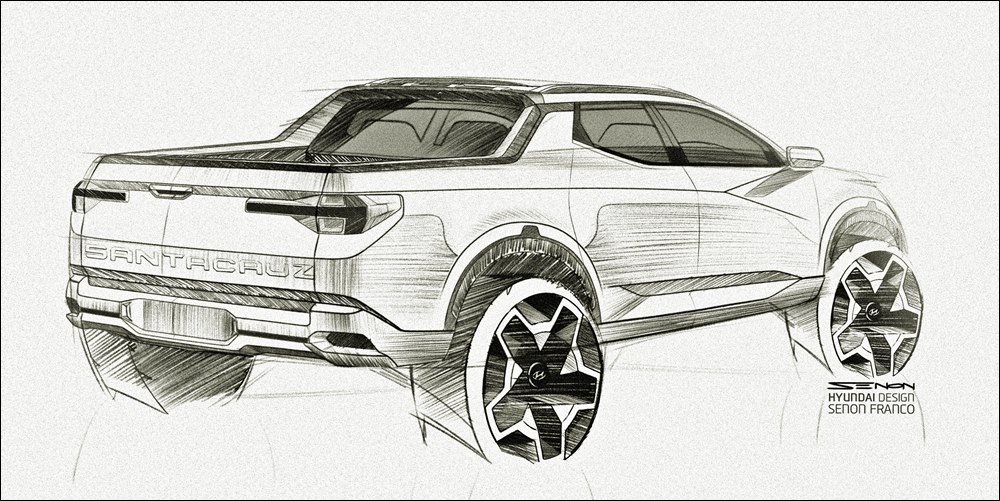
As in other car companies, Hyundai’s designers were required to work together with clay modellers to refine the final design of an upcoming model. However, lines and surfaces had to be marked out using tape. On top of this, the company’s engineers were unable to work simultaneously with the designers, as they could only receive data after scanning the model with a photogrammetry system. Both of these factors made the process very time-consuming and cost-intensive.
In recent years, the design approach at Hyundai has undergone something of a revolution. While sketching remains fundamental for the designers, they can also draw upon a range of advanced tools such as virtual reality (VR) and 3D gravity sketching. These tools create a streamlined digital process which speeds up vehicle development by stepping away from a traditional design approach.
The VR revolution
Today, Hyundai no longer produces scale clay models; instead, it utilizes technologically advanced tools that are more intuitive, such as 3D digital design software. These enable the company’s engineers to mill full-scale models using 3D data, which significantly speeds up the design process.
The software enables the designers to work in collaboration across multi-user and multi-location environments. They can create models and immersive environments in VR that look extremely close to the real thing. The difference between modern design and the traditional approach is stark, and can be compared to the revolution cars undertook before and after ABS appeared, as an example.
VR technology also opens up a host of new opportunities for the designers. For example, the gravity sketching tool enables designers to create more human-centric vehicle designs by working in 3D from the start. Designers swap their paper and pencils for a headset and controllers to become immersed in VR, imitating gestural interactions through motion tracking. By working in 3D, they can experiment with different proportions and build variations based on their ideas. Meanwhile, a 360-degree view of the vehicle allows them to sketch from any angle – in contrast to the traditional 2D process.
3D gravity sketching also enhances the collaboration between the exterior and interior designers. Through this technology, the two teams are able to work together simultaneously. While the exterior design team refines the digital model, the interior designers can work in parallel by virtually stepping inside the car to develop features or make quick adjustments.
Another advantage of this technology is the ability to test unlimited colour options and material applications, including fabrics and leather, ambient lighting and other types of materials. As well as saving time, this also reduces shipping and travelling costs. In addition, this approach is much more sustainable as significantly less waste is produced, resulting in a significant reduction of CO2 emissions.
The VR design evaluation system
Hyundai’s design journey in multi-user wireless VR spaces started in 2017. By 2019, Hyundai and Kia (which is part of the Hyundai Motor Group) had established an ambitious new VR design evaluation system which has now been fully implemented. The system demonstrates a heightened focus on enhancing vehicle development processes through the implementation of VR technology. It simulates many aspects relating to a model under development, including interior and exterior design elements, as well as lighting, colours and materials.
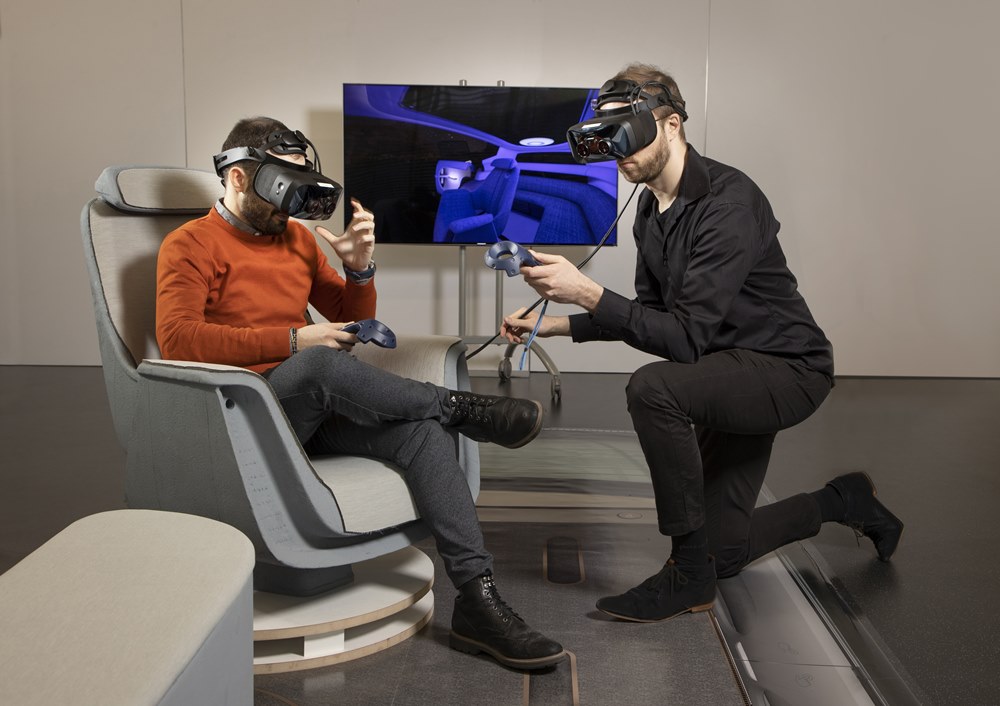
The advanced tools are used at the company’s R&D facilities in Korea, Germany and the USA, as well as design centres in Europe, India, China and Japan. They allow the designers to review a multitude of design concepts earlier in the developmental process, and in ways that were previously physically impossible. VR headsets allow team members from the Design and Engineering departments to enter into a virtual conference in real-time and simultaneously undertake vehicle design quality assessments and development verification processes, no matter where they are in the world.
Getting around the lockdowns
These changes were already underway before COVID-19 emerged and sent the world into lockdown in early 2020. According to Simon Loasby, Hyundai’s Head of Styling, the pandemic served as a catalyst for the carmaker’s global design workforce, accelerating the transition to digitalisation and agile working.
“When our studios across the world were keeping all the designers home, we were fortunate that we were already operating a very well-oiled machine in terms of remote virtual connection, where we could all connect across 3 different continents and 5 different locations into a virtual working space and walk around the cars,” he recalled.
This partly enabled the completion of the SEVEN concept car project (shown above) in time for the 2021 AutoMobility LA event. It is the first fully-digitally designed model of the group and benefited from this virtual process. “When we completed the digital design sign-off of the car, Luc Donckerwolke (Executive Vice President for Design and Chief Creative Officer of Hyundai Motor Group), SangYup Lee (Senior Vice President at HMC and Head of Hyundai Global Design Center) and I were all in completely different locations, while our European team were in the discussion, too. We were in the same virtual location looking at the model, and did a complete virtual sign-off of the whole car: both exterior and interior. Remarkably, I hadn’t seen the physical model at that point, which must be a world-first for a lead automotive designer!” said Loasby.
Loasby’s ‘James Bond suitcase’
To enable Loasby to connect from anywhere, he has a specially built portable device which he refers to as his ‘James Bond suitcase’. Shaped inconspicuously like a travel bag, it is equipped with a laptop, VR goggles, cables and handsets. He is able to take it anywhere and participate in virtual design reviews with colleagues from all around the world.
“I’m very fond the carry-on bag I call my ‘James Bond suitcase’, because it ensures I can connect to our virtual conferencing space and conduct design reviews from anywhere, at any time,” he revealed. “In fact, one of the craziest design reviews I did was at Incheon Airport [in Korea]. I was about to fly somewhere but I needed to check in on the progress of a development quickly. So I took the gear out, plugged it in and set up my virtual studio next to a Starbucks and conducted a review from the departure terminal!”
Technology with a sustainable future
VR technology is continuing to evolve and in the future, it will offer much higher levels of detail and operate at far quicker speeds. It is therefore set to play an increasingly prominent role for Hyundai’s designers and engineers. In addition, advances in AR and mixed reality will enable the company’s colleagues to interact with one another even more immersively.
However, one fundamental benefit that should not be overlooked is its positive environmental impact. A digital design process produces a much lower carbon footprint, as far fewer clay, paper and waste materials are used in the process. For the development of SEVEN concept, Hyundai produced just one clay model for verification at the end, rather than a multitude of scale clay models. By meeting in a virtual conference space, Hyundai’s designers are no longer required to frequently travel around the globe, expending thousands of air miles in the process.




